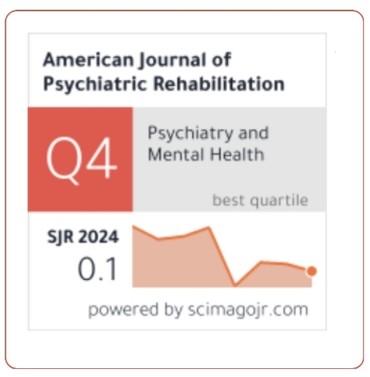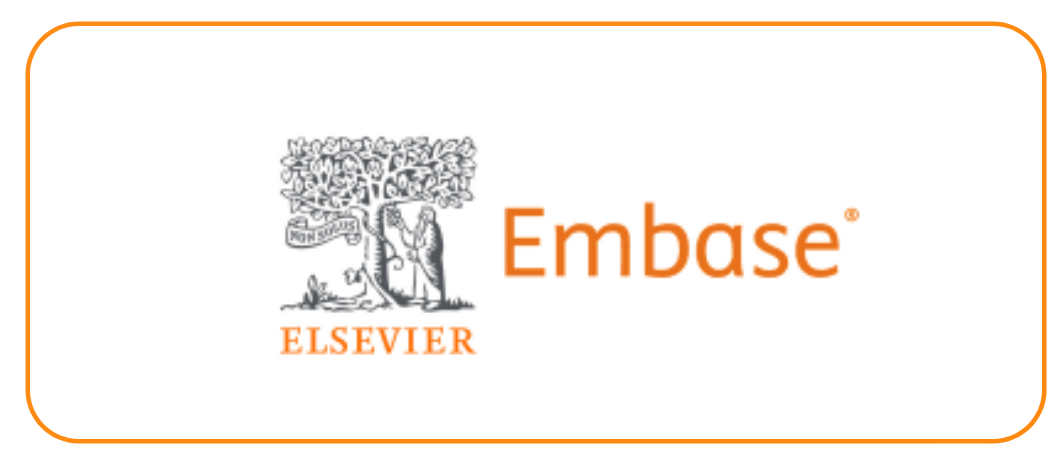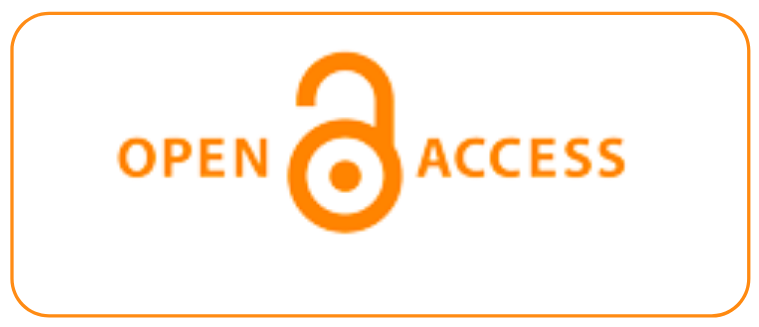Study Of Attitude Towards Treatment And Factors Affecting Compliance In Patients With Schizophrenia
DOI:
https://doi.org/10.69980/ajpr.v28i5.509Keywords:
.Abstract
Antipsychotic medications are crucial for treating schizophrenia, but non-compliance is a significant issue. Understanding patient attitudes and reasons for non-compliance is key to improving treatment adherence. Study findings show that 40.3% non-compliance rate; higher PANSS scores and poor insight linked to non-compliance. Negative attitudes (DAI-10 scores) correlated with higher non-compliance. ROMI scale indicated better compliance if patients felt treatment benefits, had positive family support, or a good clinician relationship. Educating patients and families about treatment options can improve compliance.
References
1. Diagnostic and Statistical Manual of Mental Disorders Fifth Edition published by American Psychiatric Publishing; 2013
2. Lora A, Kohn R, Levav I, McBain R, Morris J, Saxena S. Service availability and utilization and treatment gap for schizophrenic disorders: a survey in 50 low-and middle-income countries. Bulletin of the World Health Organization. 2012;90:47-54B.
3. Bota RG, Munro S, Nguyen C, Preda A. Course of Schizophrenia: What Has Been Learned from Longitudinal Studies? In Handbook of Schizophrenia Spectrum Disorders, Volume II 2011 (pp. 281-300). Springer, Dordrecht.
4. Haro JM, Novick D, Bertsch J, Karagianis J, Dossenbach M, Jones PB. Cross-national clinical and functional remission rates: Worldwide Schizophrenia Outpatient Health Outcomes (W-SOHO) study. The British Journal of Psychiatry. 2011;199(3):194-201.
5. Helbling J, Ajdacic-Gross V, Lauber C, Weyermann R, Burns T, Rössler W. Attitudes to antipsychotic drugs and their side effects: a comparison between general practitioners and the general population. BMC Psychiatry. 2006;6:42.
6. Rosack J. Education on medication adherence will reduce costs, improve outcomes. Psychiatry News 2004;39:20.
7. Diagnostic and Statistical Manual of Mental Disorders Fifth Edition published by American Psychiatric Publishing; 2013
8. Weiden P, Rapkin B, Mott T, Zygmunt A, Goldman D, Horvitz-Lennon M, Frances A. Rating of medication influences (ROMI) scale in schizophrenia. Schizophrenia bulletin. 1994 Jan 1;20(2):297-310.
9. Hogan TP, Awad AG, Eastwood R. A self-report scale predictive of drug compliance in schizophrenics: reliability and discriminative validity. Psychological medicine. 1983 Feb;13(1):177-83.
10. Shah, C., Patel, K., Amin, N., & Shah, C. (2019). Study of various factors affecting compliance in schizophrenia: A single center experience in India. Archives of Psychiatry and Psychotherapy, 3, 41-52.
11. Chandra, I. S., Kumar, K. L., Reddy, M. P., & Reddy, C. M. P. K. (2014). Attitudes toward medication and reasons for non-compliance in patients with schizophrenia. Indian journal of psychological medicine, 36(3), 294-298.
12. Baby, R. S., Gupta, S., & Sagar, R. (2009). Attitudes and subjective reasons of medication compliance and noncompliance among outpatients with schizophrenia in India. Internet J Epidemiol, 7(1), 1-9.
13. Rosa, M. A., Marcolin, M. A., & Elkis, H. (2005). Evaluation of the factors interfering with drug treatment compliance among Brazilian patients with schizophrenia. Brazilian Journal of Psychiatry, 27, 178-184.
14. Paudel, K., & Subedi, S. (2019). Treatment Non-Compliance In Patients Suffering From Schizophrenia And Bipolar Affective Disorder (BPAD): A Comparative Study. Journal of Psychiatrists' Association of Nepal, 8(2), 20-25.
15. Nageotte, C., Sullivan, G., Duan, N., & Camp, P. L. (1997). Medication compliance among the seriously mentally ill in a public mental health system. Social Psychiatry and Psychiatric Epidemiology, 32(2), 49-56.
16. Kay SR, Fiszbein A, Opler LA. The positive and negative syndrome scale (PANSS) for schizophrenia. Schizophrenia bulletin. 1987 Jan 1;13(2):261-76.
Downloads
Published
Issue
Section
License
Copyright (c) 2025 American Journal of Psychiatric Rehabilitation

This work is licensed under a Creative Commons Attribution 4.0 International License.
This is an Open Access article distributed under the terms of the Creative Commons Attribution 4.0 International License permitting all use, distribution, and reproduction in any medium, provided the work is properly cited.









